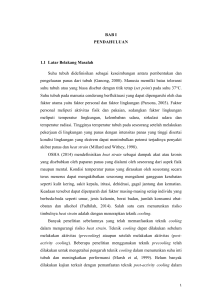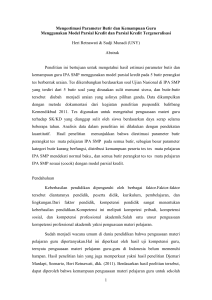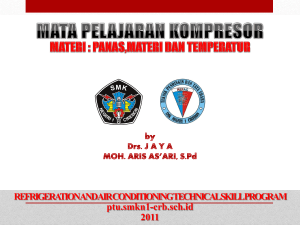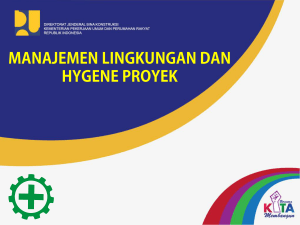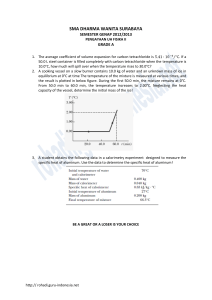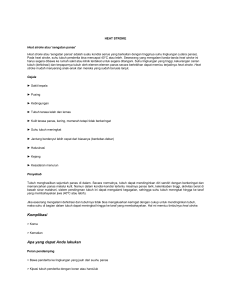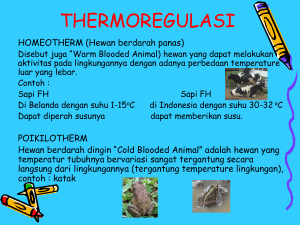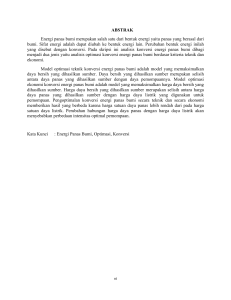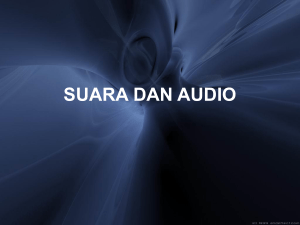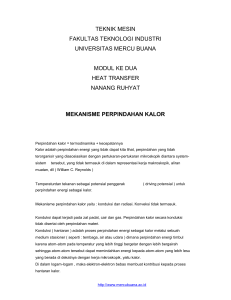xvii INTISARI Tubuh manusia membutuhkan suhu tubuh inti (core
advertisement
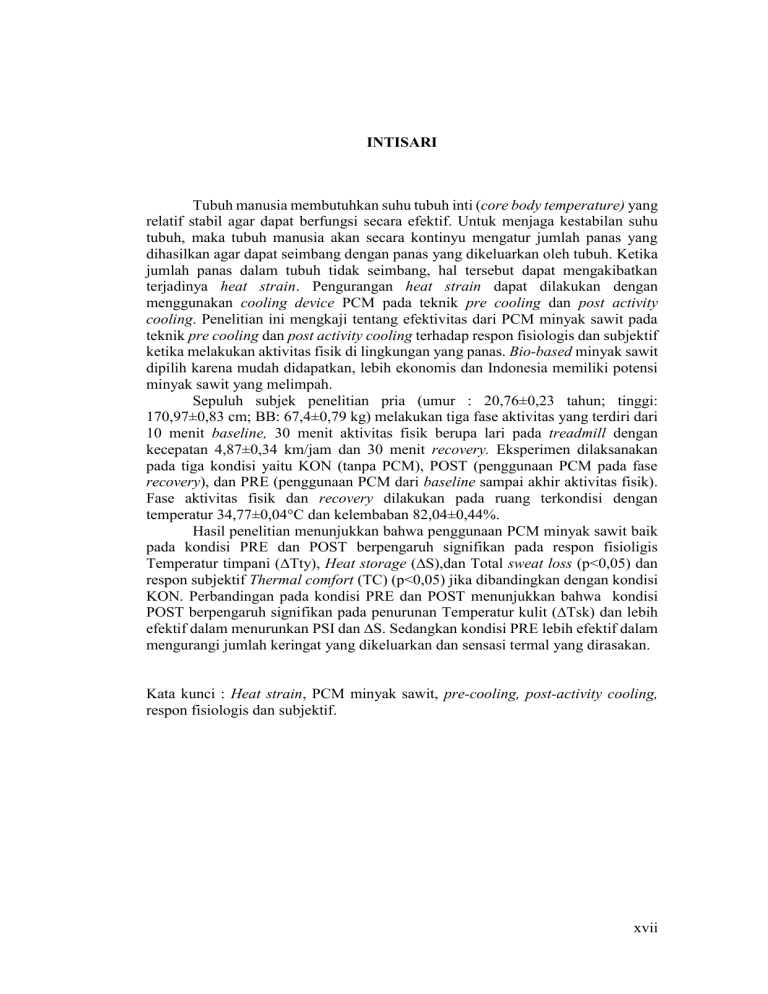
INTISARI Tubuh manusia membutuhkan suhu tubuh inti (core body temperature) yang relatif stabil agar dapat berfungsi secara efektif. Untuk menjaga kestabilan suhu tubuh, maka tubuh manusia akan secara kontinyu mengatur jumlah panas yang dihasilkan agar dapat seimbang dengan panas yang dikeluarkan oleh tubuh. Ketika jumlah panas dalam tubuh tidak seimbang, hal tersebut dapat mengakibatkan terjadinya heat strain. Pengurangan heat strain dapat dilakukan dengan menggunakan cooling device PCM pada teknik pre cooling dan post activity cooling. Penelitian ini mengkaji tentang efektivitas dari PCM minyak sawit pada teknik pre cooling dan post activity cooling terhadap respon fisiologis dan subjektif ketika melakukan aktivitas fisik di lingkungan yang panas. Bio-based minyak sawit dipilih karena mudah didapatkan, lebih ekonomis dan Indonesia memiliki potensi minyak sawit yang melimpah. Sepuluh subjek penelitian pria (umur : 20,76±0,23 tahun; tinggi: 170,97±0,83 cm; BB: 67,4±0,79 kg) melakukan tiga fase aktivitas yang terdiri dari 10 menit baseline, 30 menit aktivitas fisik berupa lari pada treadmill dengan kecepatan 4,87±0,34 km/jam dan 30 menit recovery. Eksperimen dilaksanakan pada tiga kondisi yaitu KON (tanpa PCM), POST (penggunaan PCM pada fase recovery), dan PRE (penggunaan PCM dari baseline sampai akhir aktivitas fisik). Fase aktivitas fisik dan recovery dilakukan pada ruang terkondisi dengan temperatur 34,77±0,04°C dan kelembaban 82,04±0,44%. Hasil penelitian menunjukkan bahwa penggunaan PCM minyak sawit baik pada kondisi PRE dan POST berpengaruh signifikan pada respon fisioligis Temperatur timpani (∆Tty), Heat storage (∆S),dan Total sweat loss (p<0,05) dan respon subjektif Thermal comfort (TC) (p<0,05) jika dibandingkan dengan kondisi KON. Perbandingan pada kondisi PRE dan POST menunjukkan bahwa kondisi POST berpengaruh signifikan pada penurunan Temperatur kulit (∆Tsk) dan lebih efektif dalam menurunkan PSI dan ∆S. Sedangkan kondisi PRE lebih efektif dalam mengurangi jumlah keringat yang dikeluarkan dan sensasi termal yang dirasakan. Kata kunci : Heat strain, PCM minyak sawit, pre-cooling, post-activity cooling, respon fisiologis dan subjektif. xvii ABSTRACT Human body needs a stable core body temperature to effectively function. To maintain body temperature stabilization, human body will continuously control the balance between heat production and heat loss. When the heat production was greater than heat loss, heat strain will occur. To prevent a greater heat strain during physical activity in hot environmet, phase change material (PCM) can be used as cooling device before the physical activity (pre-cooling method) and after physical activity (post activity cooling method). The purpose of this research was to investigate the effectiveness of palm oil based PCM for pre-cooling and post activity cooling method on physiological and subjective responses during performing physical activity in hot and humid environment. Palm oil is selected as bio-based PCM because of its availability in Indonesia, more economical, and Indonesia has the excellent amount of palm oil production. Ten healthy males (mean age of 20.76±0.23 years; height of 170.97±0.83 cm; body weight of 67.4±0.79 kg) performed a 10 min of baseline phase followed with a 30 min treadmill exercise at 4.87±0.34 km/hour of speed (65% of predetermined HRmax), and a 30 min recovery phase. The experiments were conducted in three conditions: KON (without PCM), POST (with PCM on recovery phase), and PRE (with PCM from baseline phase until the end of physical acitivity). The physical activity and recovery phase were conducted in a preconditioned room set air temperature of 34.77±0.04°C with 82.04±0.44% of relative humidity. The results confirmed that using palm oil based PCM, either in PRE or POST condition, significantly affect physiological responses such as tympani temperature, body heat storage and total sweat loss (p<0.05) and thermal comfort (p<0.05), as compared with KON condition. The comparison between PRE and POST condition shows that the POST was more effective in decreasing skin temperature (P<0,05), physiological strain index and ∆S, while the PRE condition was more effective for the reduction of total sweat loss and thermal sensation (TS) than POST condition (p<0,05). Keywords : Heat strain, palm oil based PCM, pre-cooling, post-activity cooling, physiological response, subjective response xviii

